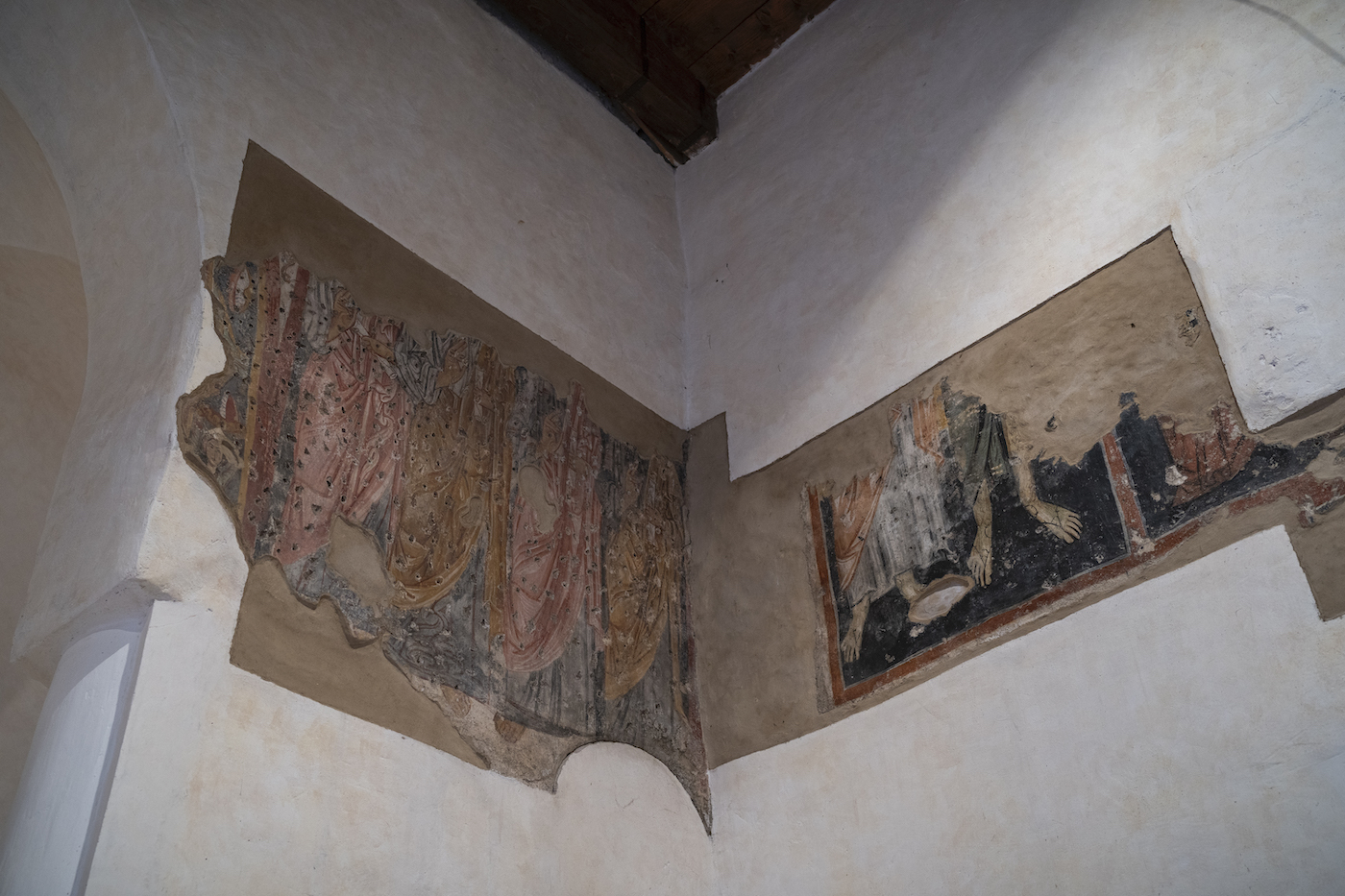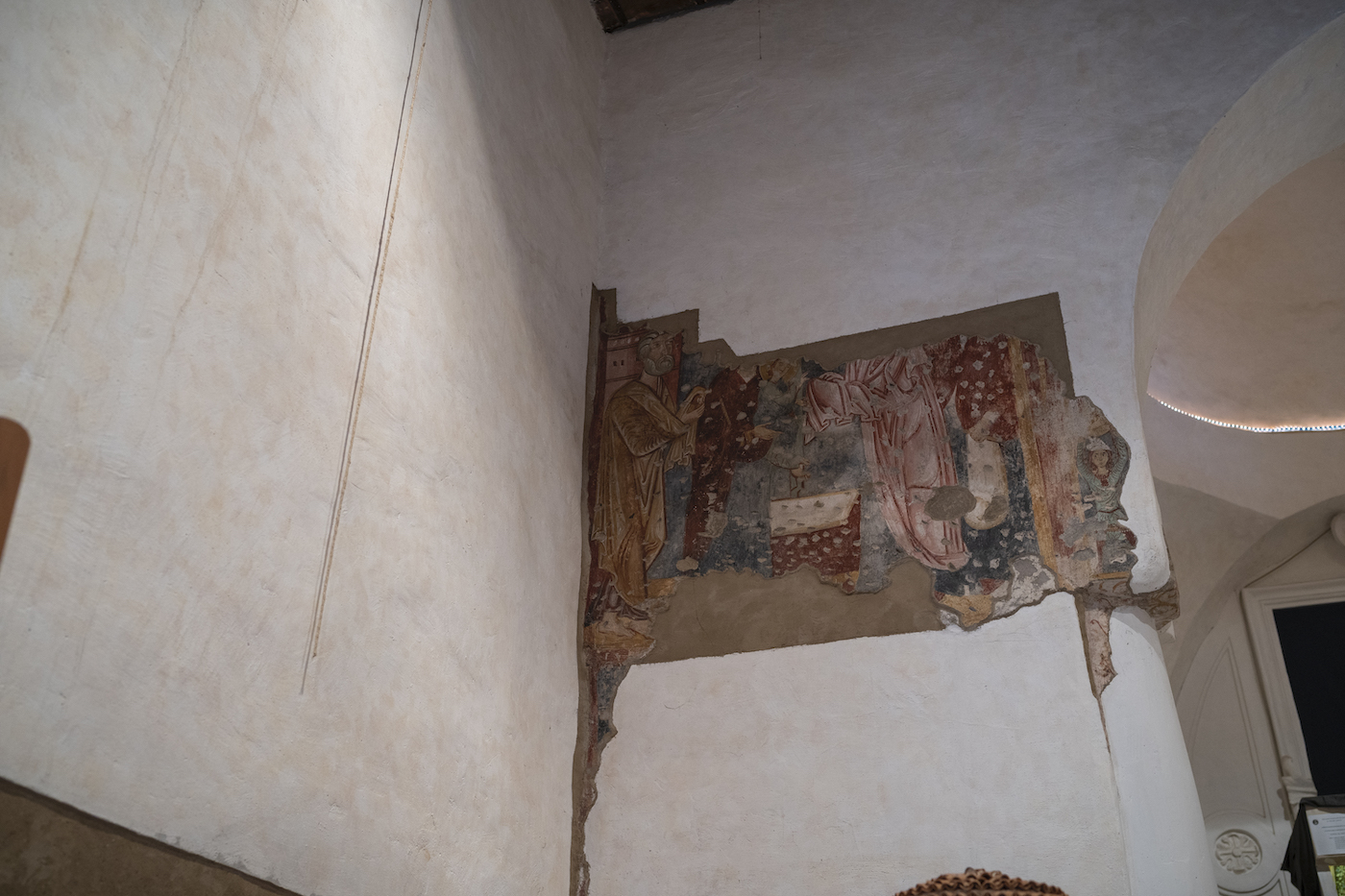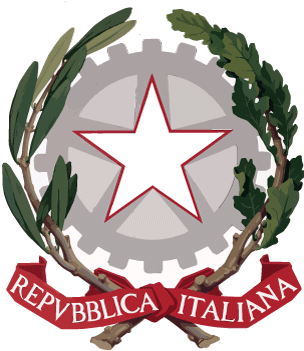First, choose an event o a place to visit
Select the date from the calendar and indicate the number of people to send your booking request.
You will be contacted by our staff. Thank you.
Fill out the form with your data to confirm your booking.
Thank you. Your booking code is {{codice}}, we have sent a summary email to the address {{email}}

VI Century
Built between the 6th and 8th centuries on the hill of Padula, the Church of S. Nicola de’ Donnis is considered the oldest in the whole of the Vallo di Diano. It was most likely built by the Italo-Greek monks who, right at that time, were beginning to settle in the area. The origin of the wording “De’ Donnis” is not certain but it is believed that it derives from “Dominis”, that is to say “Lord”.
The church has a regular structure with a single nave, with the dome set on the drum and the crypt, located under the presbytery, and also used as a burial place. At the end of the nave there is an iconostasis with the royal door closed on the sides by low walls, while the other two doors were probably used for the people, or as separate entrances for men and women. Inside the church it is possible to admire a series of frescoes dating back to the 13th century. and depicting the “Presentation of Jesus in the Temple” and the theories of the Apostles and Saints.
Two wooden statues are also very interesting, namely the Blessing Christ dated 1400 and attributed to the Alamanno workshop, and the Madonna delle Grazie probably made by Giovanni da Nola; both statues are now kept in Sant’Antonio abate churh.


(Italiano) –
(Italiano) –
(Italiano) –
Padula, famous throughout the world for the monumental Certosa di San Lorenzo, a UNESCO heritage site, is rich in artistic and architectural elements, made up of churches, streets, statues and votive aedicules also made of local stone which bear witness to 1100 years of life. Therefore, it is not possible to overlook the context in which the Carthusian site was built and above all to overlook two fundamental elements: the matter and the spirit of the Certosa. Discover the itineraries through the territory of Padula.



